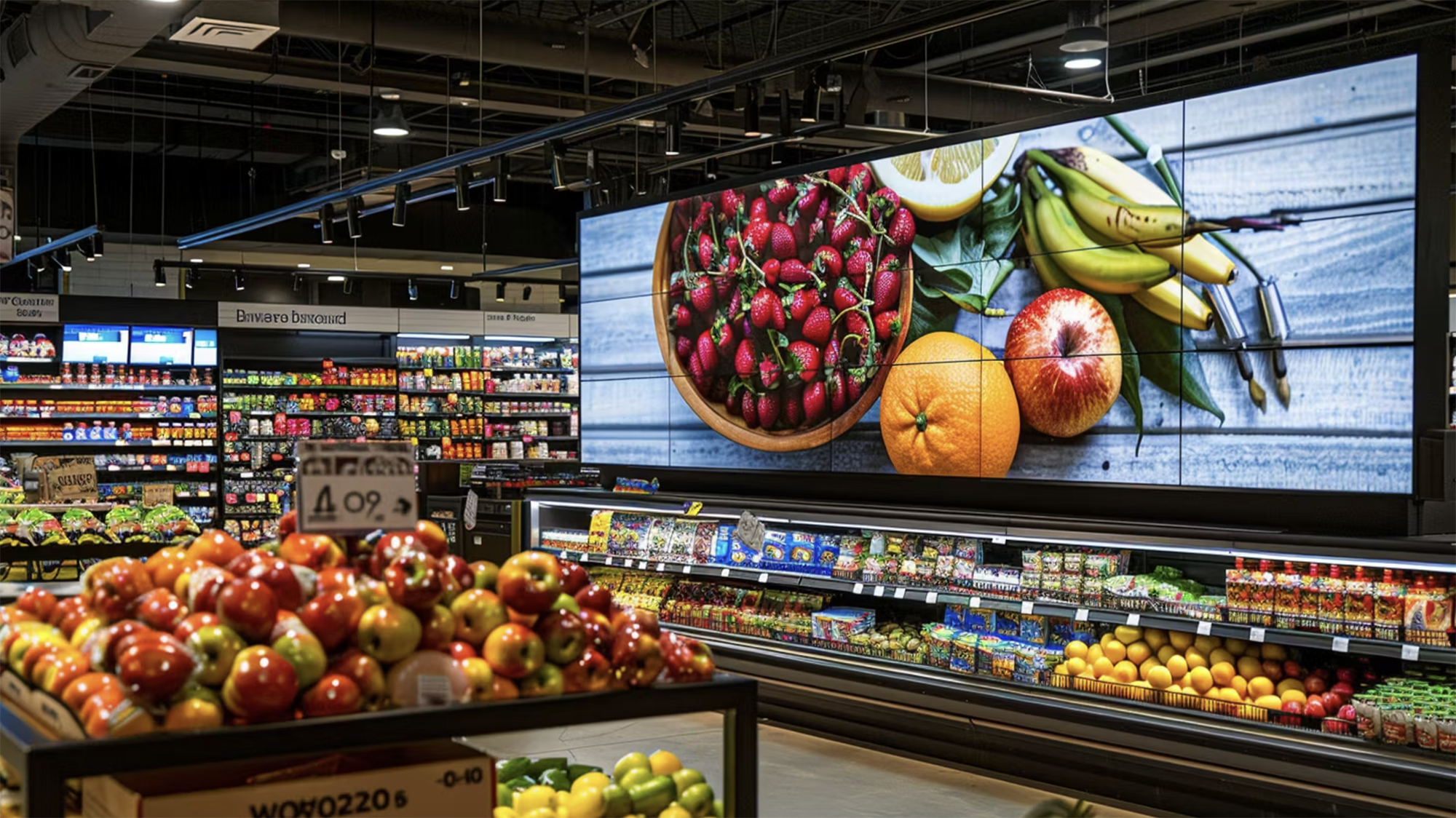5 Biggest Digital Grocery Industry Players in Category Management

At A Glance
- The grocery industry witnessed a huge shift from physical to digital in the past two years
- Grocers had to work hard to ensure successful digital execution without any impact on sales and profitability
- One such facet that the grocery retailers had to focus on was category management
- There are many grocers in the industry who have created a benchmark with effective digital category management
- This article brings you some of the massive digital grocery industry players in the category management space
The sales growth in grocery retailing witnessed massive growth during the pandemic. As per the Incisiv-Wynshop Digital Grocery Study, sales more than tripled the average annual growth to 9.5% in 2020. The main driver of this growth was attributed to the rise in digital sales, which were up by more than 5x over 2019.
However, a major concern rose among grocers as they witnessed a negative impact on profitability amid digital growth. 86 percent of grocery retailers are dissatisfied with the profitability of their online operations. The average gross margin for digital orders was barely 9% in 2020, as per the Incisiv-Wynshop Digital Grocery Study.
As the entire grocery industry witnessed a huge shift from physical to digital in the past two years, grocers had to work extremely hard to adapt and ensure successful digital execution without any impact on sales and profitability. One such facet that the grocery retailers had to focus on to enable a seamless digital shift was category management.
While there was an exponential growth of grocery sales through digital platforms, it still remained far less compared to in-store sales. Hence, many grocers still continue to focus more on in-store category management versus online category management. Amid this, there are many grocers in the industry who have created a benchmark with effective digital category management. Here, we bring you some of these massive digital grocery industry players:
Kroger
Increasingly new commerce categories are being introduced into the digital world as online purchasing becomes more established in consumers' routines. Despite the growing popularity of online grocery shopping, the majority of farmers’ market customers still prefer in-store purchases. Kroger, in a bid to compete within these traditional in-person markets, announced a partnership with Market Wagon - an online farmers market company - to launch a delivery-only local food marketplace.
“Kroger’s new digital farmers market pilot is part of the evolution of our rapidly growing and innovative eCommerce business,” Felix Turner, corporate affairs manager for Kroger’s Atlanta Division, mentioned in a statement. Besides collaborating with Market Wagon, Kroger has been expanding its eCommerce fulfillment capabilities. To do this, it has partnered with the United Kingdom-based Ocado to set up new automated customer fulfillment centers (CFCs) for online orders across the United States.
Albertsons
The more customers purchase groceries online via third-party marketplaces like Walmart and Amazon, the more they become acquainted with the concept of the limitless aisle. These customers quickly go from being surprised by the endless aisle to anticipating it at every store. Early in 2018, Albertsons introduced the Albertsons Marketplace, beating one of its major rivals — Kroger — by over two years. By focusing on smaller Consumer Packaged Goods (CPG) brands that its retail chains might otherwise overlook, Albertsons' marketplace approach aims to expand the merchandising selection of its food and wellness categories.
Walmart

One-stop shopping is what consumers desire. The fact that many of the grocers doing well during the COVID-19 outbreak provides one-stop shopping is not a coincidence. Additionally, value-based purchases are one of the biggest trends among consumers. The fact that Walmart capitalizes on consumers' quest for one-stop shopping and value makes it one of the biggest retailers in the world.
As part of its eCommerce success strategy, Walmart has established its own marketplace with over 100,000 third-party sellers, which are available to its consumers on walmart.com. “Our plan for this year includes strengthening the experience for sellers and adding fulfillment capacity so customers have access to more items faster,” said Doug McMillon, Walmart’s CEO.
BJ’s Wholesale
Prominent warehouse retailer, BJ's Wholesale Club Holdings, Inc. (BJ) is working on bolstering its omnichannel capabilities and launching new digital services in order to stay competitive and draw customers. The efforts made by BJ's Wholesale to expand the functionality of its app show how committed the company is to provide its members with additional convenience, value, and customization.
As per Nasdaq, the company is concentrating on streamlining assortments, expanding into high-demand categories, and developing a portfolio of its own brands. These initiatives taken together have helped increase the number of new and renewed members.
Costco
One of the major appeals for any Costco in-store consumer is the exploration capability that the brand offers. The merchandising strategy and store design offered by Costco inspire impulse purchasing among its consumers. It is the same kind of behavior that the company is attempting to replicate on its digital platform as well.
In order to accomplish this, Costco maintains a manageable inventory on its online platforms that are carefully chosen in accordance with the same high standards it has for its physical stores. The company’s objective is to create a shopping experience where consumers can explore offerings without feeling overwhelmed by countless options. Additionally, Costco also takes in recommendations during special occasions like the Fourth of July, which includes special digital-only offers that help stimulate impulse purchasing making Costco one of the most competitive grocer in the industry.
Given that e-commerce is predicted to represent a large share of overall revenue, grocers have become more intentional about establishing channel-specific management capabilities as well as being more knowledgeable about assortment choices (online versus offline, breadth and depth), online-only promotions, and pricing, among other factors. The key industry players acing the category management space in digital grocery offer learnings for other grocery retailers - capabilities that can be integrated by other grocers to create a differentiated experience for customers.


.png)





.png)


